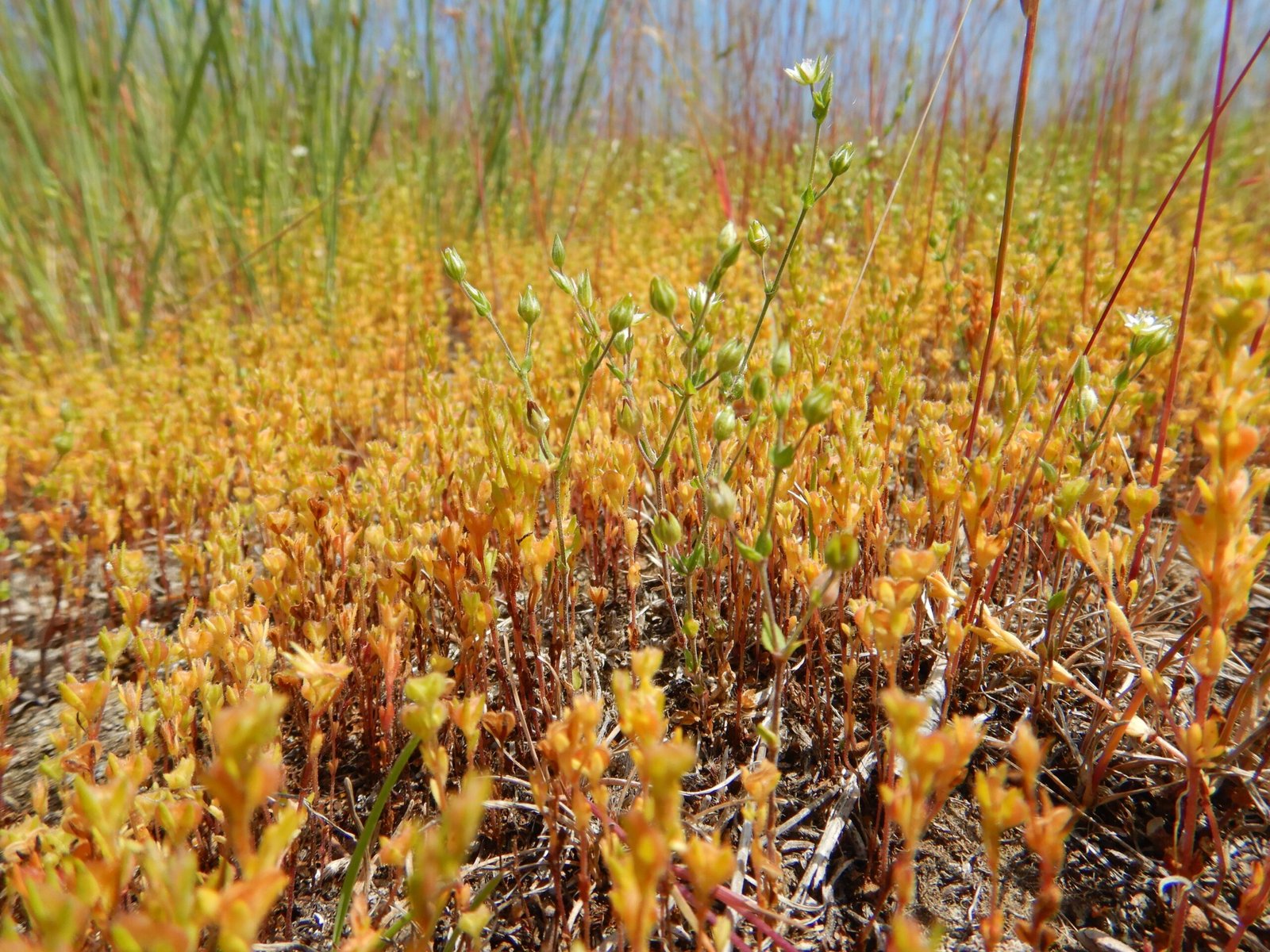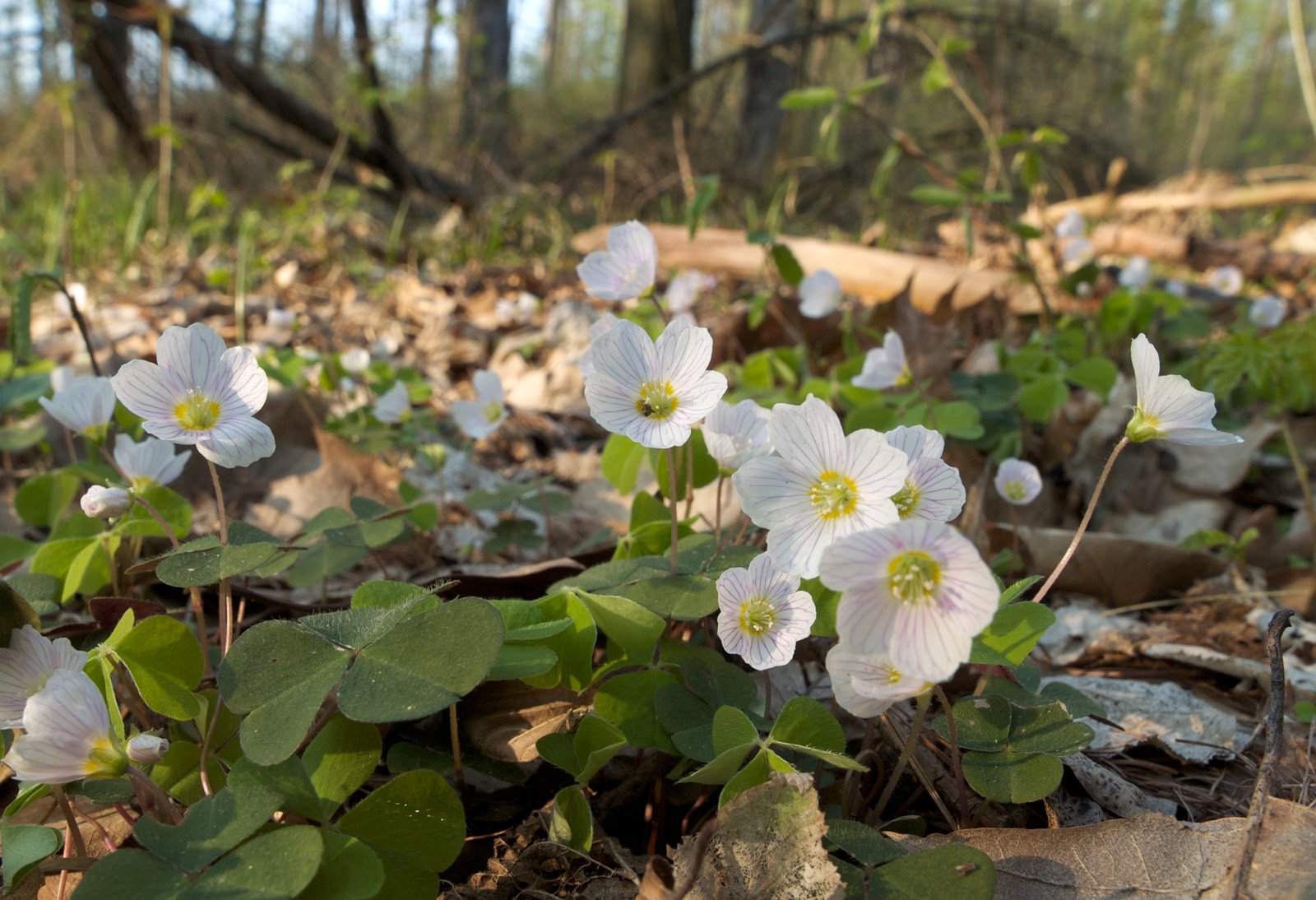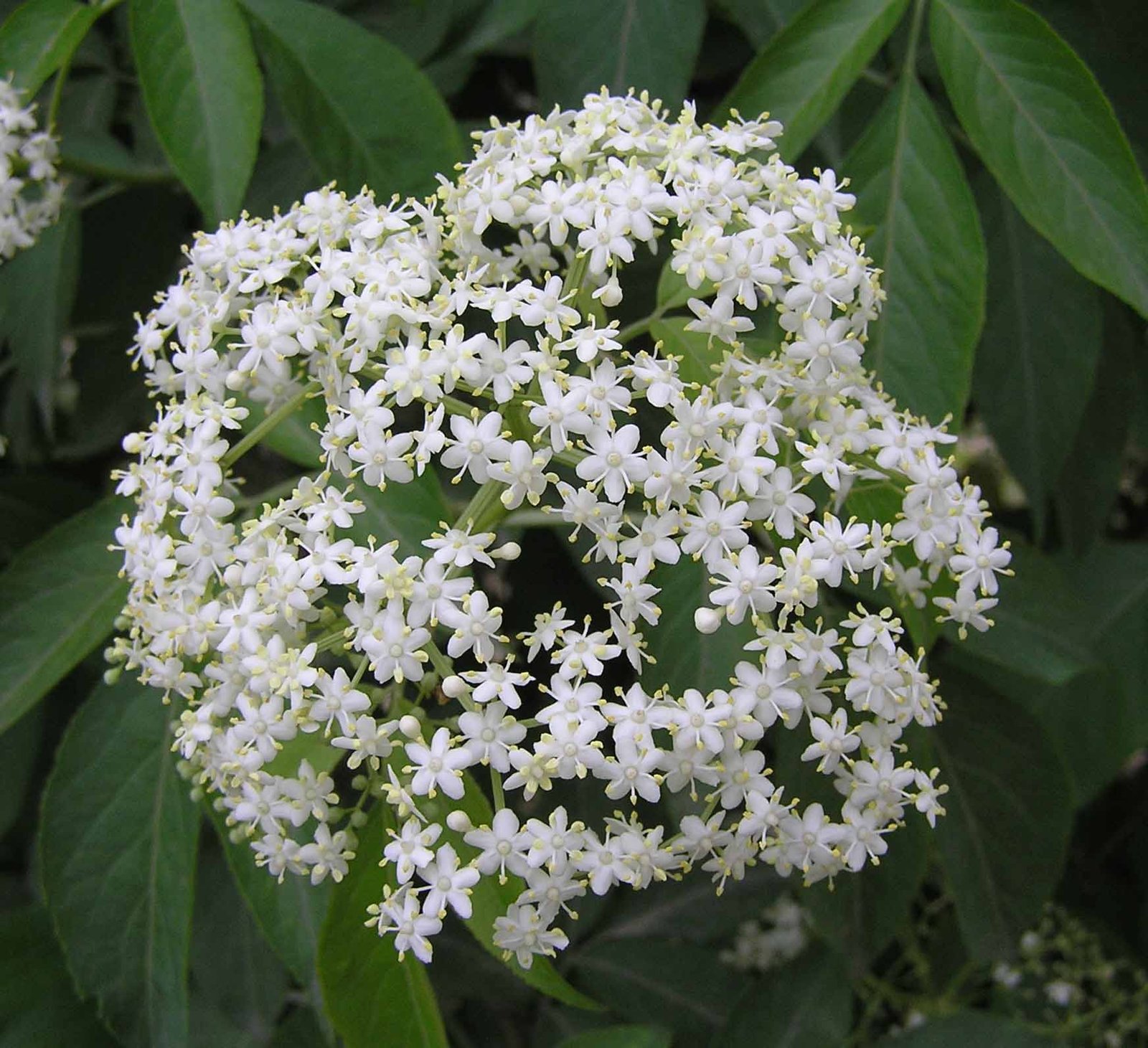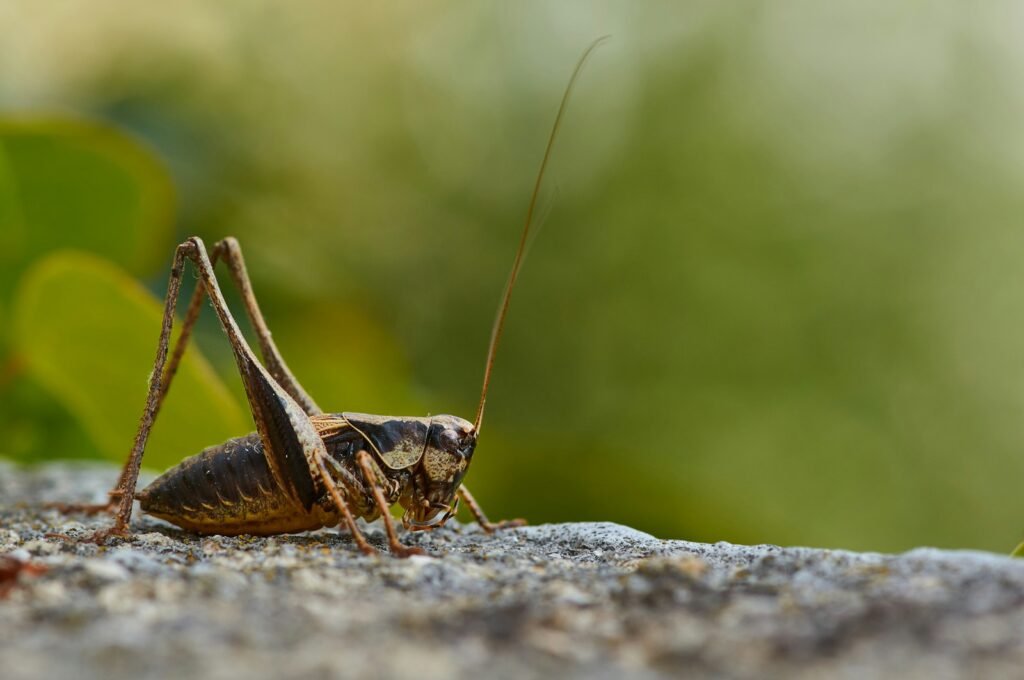There’s something magical about preparing a meal that connects us to the earth—especially when it’s for someone as cherished as a mother. Imagine wandering through a sun-dappled garden, gathering fragrant leaves and vibrant petals, knowing that each bite you’ll prepare is both a gift to the senses and a boost to well-being. Mother’s Day is more than cards and bouquets; it’s an opportunity to nurture those we love with the powerful gifts nature offers. This year, why not celebrate with recipes that feature edible plants brimming with unexpected health benefits? Science is beginning to rediscover what ancient traditions have known for centuries: the wild world is full of healing, flavor, and delight, just waiting to be brought to the table.
Dandelion: The Unsung Hero of Spring
Dandelions are often dismissed as stubborn weeds, but they’re actually nutritional powerhouses hiding in plain sight. Every part of this golden-flowered plant is edible, from root to blossom. The leaves can be tossed into salads, lending a peppery kick, while the flowers add a subtle sweetness to fritters or honey infusions. Modern research reveals dandelions are packed with antioxidants and vitamins A, C, and K. They also contain compounds thought to support liver health and aid digestion. For Mother’s Day, consider a dandelion salad or a cup of dandelion tea as a gentle, vibrant way to say “I care.”
Nettle: The Prickly Superfood
Stinging nettle may sound intimidating, but once cooked, its leaves lose their sting and transform into a leafy green richer in iron than spinach. Nettles are high in calcium, magnesium, and vitamin K—nutrients vital for strong bones and balanced energy. Herbalists have long used nettle to support joint health and fight inflammation. Imagine serving a homemade nettle soup or a creamy nettle risotto, surprising your loved ones with an ingredient that’s both wild and wonderfully nutritious. It’s a touch of the unexpected, with a whisper of adventure.
Wild Garlic: Nature’s Fragrant Gift

When wild garlic carpets the forest floor in spring, the air is thick with its unmistakable aroma. The leaves are tender, with a milder flavor than cultivated garlic, making them perfect for pestos, omelets, or homemade bread. Wild garlic is rich in sulfur compounds that have been linked to lower blood pressure and improved heart health. It’s also a natural antimicrobial, supporting immune defenses. This Mother’s Day, a wild garlic and walnut pesto could be the start of a new family tradition—earthy, aromatic, and deeply nourishing.
Chickweed: The Delicate Green

Chickweed is a humble plant that thrives in gardens and meadows, often overlooked but wonderfully delicate in texture and taste. Its tiny star-shaped flowers and tender leaves are brimming with vitamin C and minerals like iron and zinc. Chickweed is also known for its soothing effects on the skin and digestive system. A chickweed-and-cucumber salad or a handful of fresh chickweed on a sandwich adds a crisp, refreshing note to festive Mother’s Day meals. It’s a gentle plant, perfect for honoring gentle hands.
Violet: More Than Just a Pretty Face
The sight of violets blooming in spring is enough to lift anyone’s spirits, but these tiny flowers offer more than beauty. Both the leaves and blossoms are edible, with a subtle sweetness and a hint of floral perfume. Violets are rich in antioxidants called anthocyanins, which help combat oxidative stress and support heart health. Their mucilaginous texture makes them soothing for sore throats and coughs. Scatter violet flowers over a salad or infuse them into a simple syrup for a stunning Mother’s Day mocktail—each blossom a symbol of love and resilience.
Purslane: The Omega-3 Champion

Purslane might pop up between garden rows or in sidewalk cracks, but this succulent plant is a treasure trove of nutrition. It’s one of the richest plant sources of alpha-linolenic acid, a type of omega-3 fatty acid important for brain and heart health. Purslane also boasts high levels of vitamin E, vitamin C, and magnesium. Its crisp, lemony flavor brightens salads, salsas, and even smoothies. Including purslane in a Mother’s Day brunch is a playful way to bring something wild and deeply nourishing to the table—proof that sometimes, the best ingredients are right under our noses.
Wood Sorrel: A Tangy Surprise

Wood sorrel looks a bit like clover but surprises the palate with a bright, lemony tang. Its heart-shaped leaves and delicate yellow or pink flowers are edible and rich in vitamin C and antioxidants. Wood sorrel has been used traditionally for its cooling properties and as a remedy for fever. Sprinkle wood sorrel over roasted vegetables or use it as a zesty garnish for fish dishes. This simple addition turns an everyday meal into a celebration of spring’s awakening, making Mother’s Day feel all the more special.
Lamb’s Quarters: The Wild Spinach

Lamb’s quarters, sometimes called wild spinach, offers a mild, nutty flavor and a texture similar to its cultivated cousin. Its leaves are loaded with vitamins A, C, and K, as well as calcium and protein. Indigenous peoples have valued lamb’s quarters for generations, both as food and medicine. Sautéed with garlic or added to quiches and pies, lamb’s quarters can easily become a staple green in Mother’s Day recipes. Using this wild green is a way to honor tradition and innovation all at once.
Elderflower: Fragrant Blossoms for Wellness

Elderflowers bloom in creamy clusters, perfuming the air with their sweet, subtle fragrance. These blossoms are treasured for their delicate flavor and health benefits, traditionally used to support the immune system and soothe respiratory issues. Elderflower cordial, tea, or jelly can add an elegant touch to any Mother’s Day menu. The blossoms contain flavonoids and phenolic acids—compounds known for their antioxidant properties. Presenting an elderflower-infused dessert or drink is a beautiful way to elevate the celebration with both taste and wellness in mind.
Red Clover: A Sweet Addition
Red clover’s pinkish-purple flower heads are more than just eye-catching—they’re edible and slightly sweet, perfect for sprinkling over salads or baking into muffins. Red clover is rich in isoflavones, phytoestrogens that may help balance hormones and support heart health. Herbalists often recommend it for women’s wellness, making it a thoughtful addition to any Mother’s Day spread. A red clover lemonade or blossom-infused honey brings a splash of color and a touch of science-backed nourishment to the table.
Plantain: The Healer’s Leaf

Plantain leaves are a common sight in lawns and pathways, but their value as food and medicine is often underrated. The young, tender leaves can be eaten raw or cooked, offering a slightly earthy flavor. Plantain is high in fiber, vitamin A, and calcium, and has been used for centuries to soothe inflammation and support gut health. Add plantain leaves to soups, stir-fries, or even blend them into a green smoothie. This humble plant is a reminder that healing and nourishment can come from the simplest of sources, right at our feet.
Each of these wild and wonderful plants offers more than just flavor—they bring a story, a tradition, and a wealth of health benefits to the Mother’s Day table. Sharing a meal made from nature’s gifts is a way to nurture not just the body, but the bond between giver and receiver. What could be more memorable than honoring mothers with the wisdom and abundance of the natural world?



